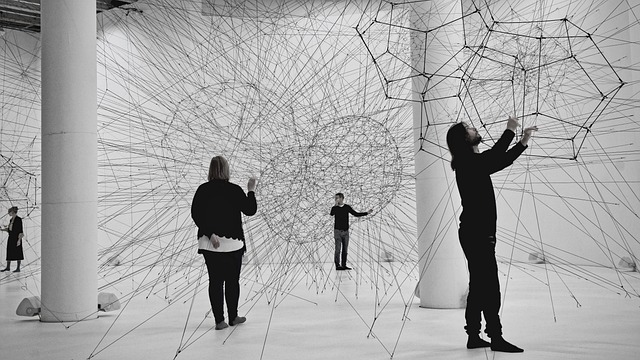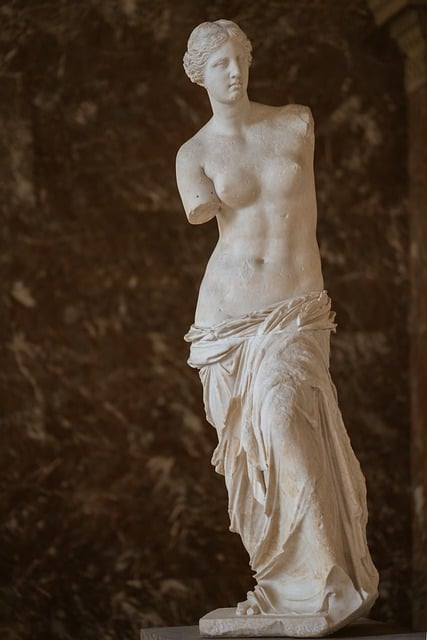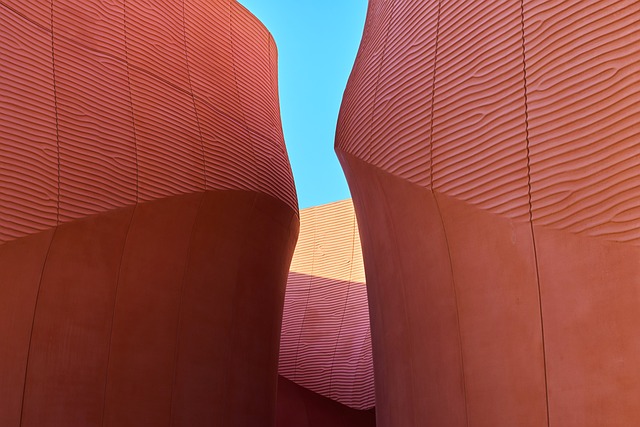The Art Adventurer’s Handbook: Tips and Tricks for Museum Visits
Visiting a museum can be a deeply enriching experience, but it can also be overwhelming, especially for those who are not familiar with the art world. The multitude of artworks, the vastness of collections, and the different contexts in which pieces are displayed can make it challenging to appreciate every detail fully. This handbook aims to equip art adventurers with valuable tips and tricks to enhance their museum visits, making each excursion an exploration filled with excitement and knowledge.
Preparation: Setting the Stage for Your Journey
Every successful adventure begins with thoughtful preparation. Before you set foot in the museum, there are several strategies to consider to ensure that your experience is as fulfilling as possible.
Research the Museum
Understanding the museum you plan to visit can significantly impact your experience. Doing a bit of research on the institution’s history, mission, and core collections can provide valuable context. Look up any special exhibitions or events happening during your visit, as these often showcase notable works or themes of importance. Familiarizing yourself with the layout of the museum can also save time and help prioritize areas of interest.
Plan Your Visit
Time management is crucial when exploring vast art collections. Depending on your interests and stamina, you might want to decide whether to see the entire museum or focus on specific exhibitions. Most museums provide maps, both physical and digital, which can help you mark significant pieces or galleries you wish to see. Furthermore, consider visiting during off-peak hours for a more intimate experience, as crowds often detract from the art.
Dress Comfortably
Consider appropriate attire for your museum visit. You will likely spend a considerable amount of time on your feet, and comfortable clothing and shoes can greatly enhance your comfort level. Additionally, museums often maintain consistent temperatures, so it might be wise to dress in layers to adapt to changing conditions as you move through different areas of the museum.
Engagement: Embracing the Experience
Once inside the museum, engaging meaningfully with the artworks can transform your visit into an extraordinary experience. Here are some ways to immerse yourself in the art.
Take Your Time
Rushing through galleries might mean missing out on the beauty and significance of the artwork. Instead, practice slowing down, allowing time to absorb individual pieces. A single painting or sculpture can evoke a wealth of emotions, stories, and reflections if given adequate attention. Consider spending several minutes contemplating the details, colors, and textures of each work.
Use Guided Tools
Many museums provide audio guides, mobile apps, or printed pamphlets that offer insights about the displayed artworks. Take advantage of these resources, as they enrich your understanding of the pieces. They often feature background information about the artists, the cultural context of the work, and discussions of specific techniques employed in the creation of the piece.
Ask Questions
If the museum offers guided tours or educational programs, consider participating. Guides can provide unique perspectives and answer questions you may have about the artwork. They can also share lesser-known facts that can change the way you perceive art. Don’t hesitate to ask museum staff for additional information or recommendations based on your interests, as they are a wealth of knowledge.
Personal Reflection: Creating Your Narrative
Art is inherently personal, and each individual’s experience varies. Taking time to reflect on your thoughts and feelings can lead to a deeper connection with the work you encounter.
Journal Your Thoughts
Bringing a notebook or using your smartphone to jot down reflections can help solidify your experiences. After viewing a particular piece, take a moment to note your immediate reactions, interpretations, or memories that it may evoke. Creating your personal narrative adds depth to your appreciation of the art and is a lovely way to capture your experience for future reflection.
Explore Diverse Perspectives
Conversations can enrich your museum experience. Engage with fellow visitors or friends who accompany you, discussing your individual interpretations of various works. By hearing different perspectives, you may come to appreciate aspects of the art that you might have overlooked. Additionally, consider exploring art critiques and analyses from respected sources to deepen your understanding further.
Interaction: Making Connections Beyond the Artwork
Art often interacts with history, culture, politics, and personal identity. Recognizing these connections can enhance your appreciation of the works you encounter.
Connect with the Culture
Every piece of art is a product of its environment, influenced by the social and political climate of its time. Reflecting on how historical events may shape an artist’s work adds layers of meaning. For example, consider the implications of a piece created during a time of war or social upheaval. This multifaceted perspective will deepen your understanding of the artworks and their significance.
Participate in Workshops and Events
Many museums offer workshops, lectures, or panel discussions that allow attendees to delve deeper into particular artists, movements, or themes. Participating in these events cultivates a sense of community among art lovers and can provide invaluable insights into the artistic process or the artist’s intent. Take advantage of the opportunity to learn and connect with others who share your passion for art.
After the Visit: Reflecting on Your Experience
Your journey as an art adventurer continues long after you leave the museum. Reflecting on your experiences can solidify what you learned and explore how it resonates in your life.
Follow-Up Research
Once you’ve returned home, consider revisiting the artworks that left a lasting impression on you. Utilize online resources, documentaries, articles, or books that delve deeper into the artists or movements you encountered. This follow-up research can solidify your knowledge and keep the spark of inspiration alive.
Share Your Experience
Telling others about your museum visit can bear fruit in surprising ways. Share your favorite artworks or insights with friends and family. Write a blog post about your experience or engage in social media discussions that connect you with other art enthusiasts. By sharing your thoughts, you contribute to a broader dialogue about art and its impact on society.
Conclusion: The Endless Journey Through Art
Venturing through the world of art is a lifelong journey. Each museum visit opens the door to new perspectives, stories, and inspirations. By preparing thoughtfully, engaging with the artworks meaningfully, reflecting on your experiences, and exploring connections beyond the pieces, you enrich not only your knowledge of art but also your life experience. Remember, the true essence of being an art adventurer lies not only in the art itself but in how you allow it to transform and influence you.
Your Next Adventure Awaits
Are you ready to schedule your next museum outing? With the tips and tricks outlined in this handbook, approach your visit as an adventure—full of inquiry, reflection, and connection. The world of art awaits; dive in and let it inspire you!


